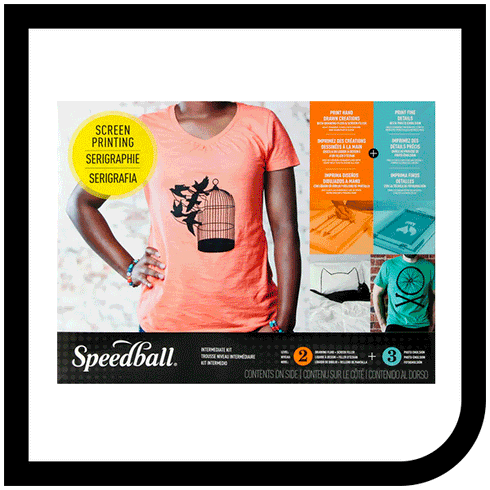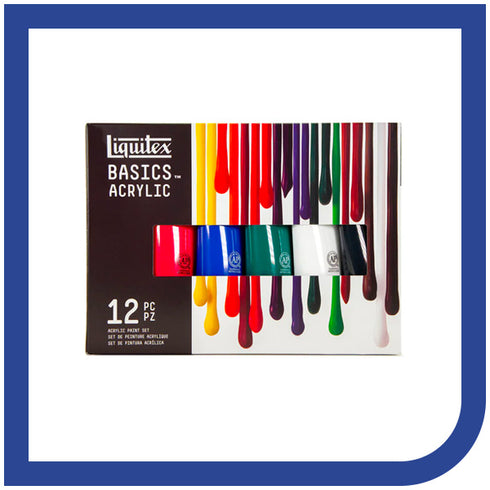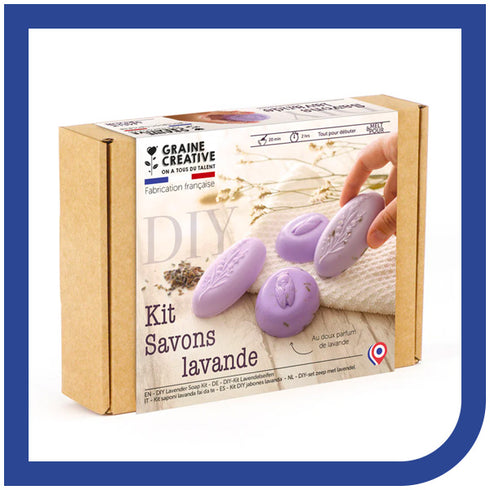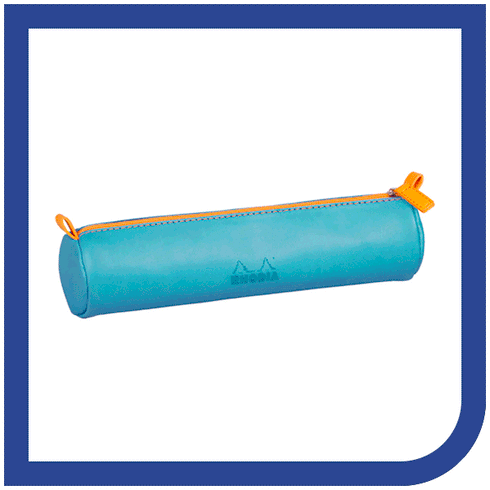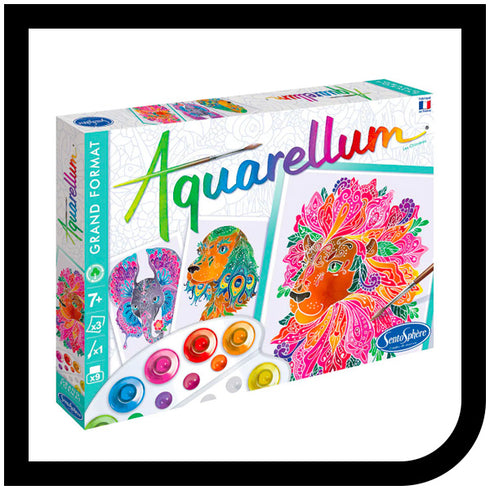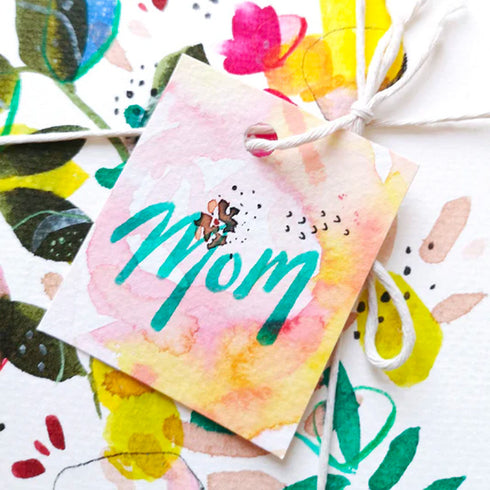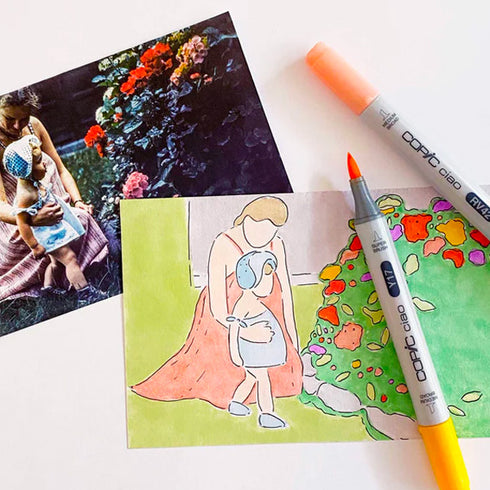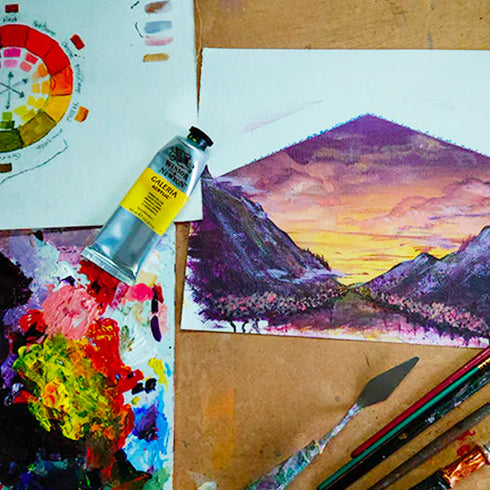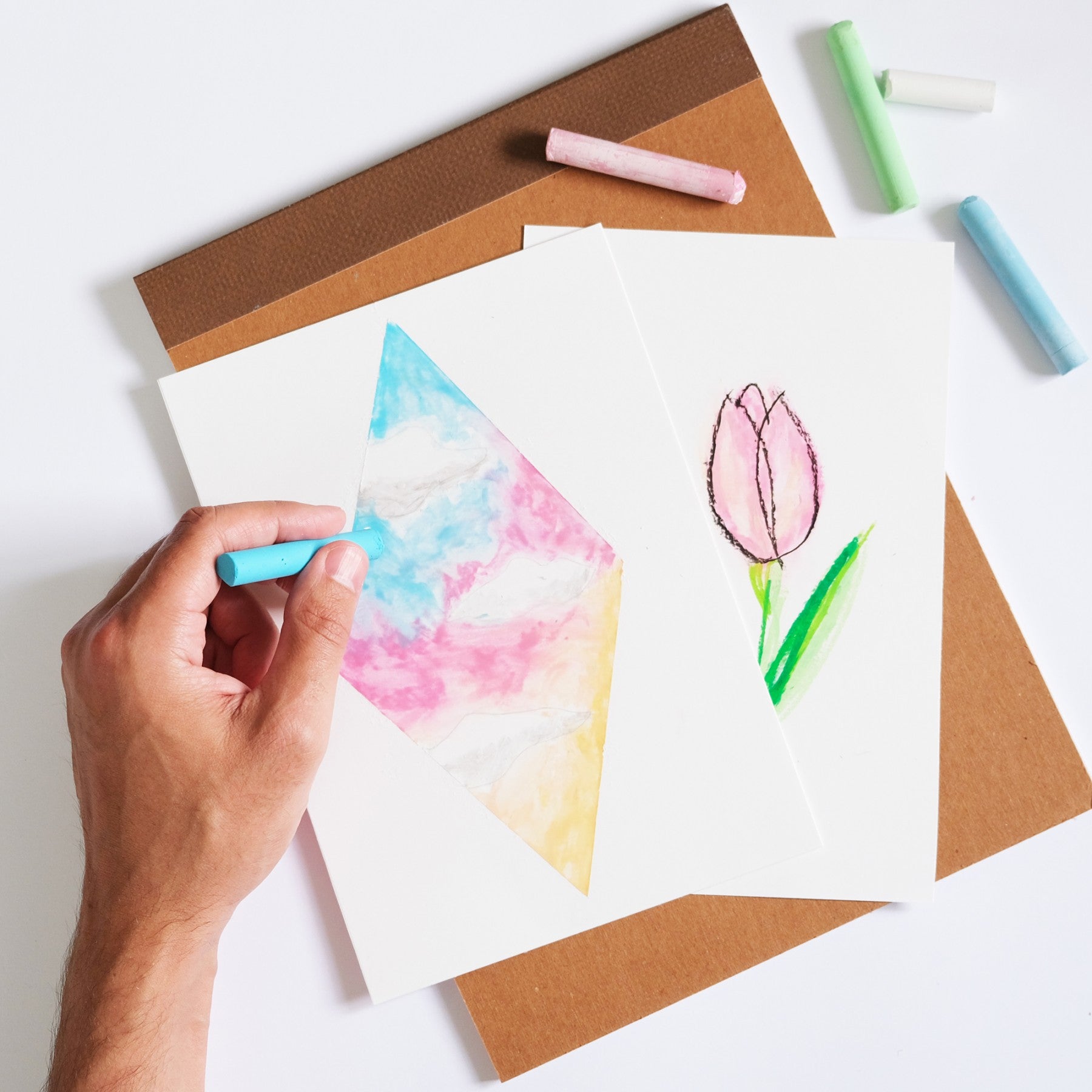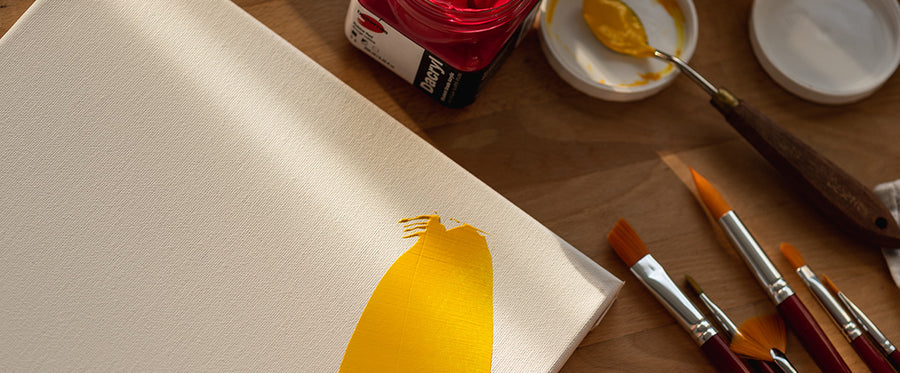MATERIALS:
- Oil pastels
- Mixed media paper
- Spatula
- Eraser
- Sketch pencil
INSTRUCTIONS:
Gradient 1:
The first gradient is probably the easiest. Hold the fatty pastel as you would a pencil and begin shading by pressing down firmly. As you draw, slowly decrease the pressure until you get clearer lines. There you have it, a textured gradient in no time at all!

Gradient 2:
The second gradient is a bit messier. Draw a coloured strip with the pastel while applying constant pressure. Let go of the pastel, and using a finger, blend the coloured strip until the desired gradient is obtained. You will find that this gradient is slightly more difficult to achieve, as oil pastels are very creamy, so it is important to spread the colour well with your finger.

Gradient 3:
The third gradient is easier to create and is inspired by pointillism. Use very tight dots to begin, and as you go, leave more space in between the dots to create light.

You are now ready to create texture in your oil pastel works using these three gradients. Enjoy!

TIPS :
- If you make a mistake, do not worry! Fatty pastels can be scratched off and removed with a spatula. Then, all you need to do is reapply some pastel to correct the mistake.
- Clean light-coloured pastels regularly with a cloth, as they tend to stain more easily.
- To mix colours, apply the lighter shade before the darker shade.



